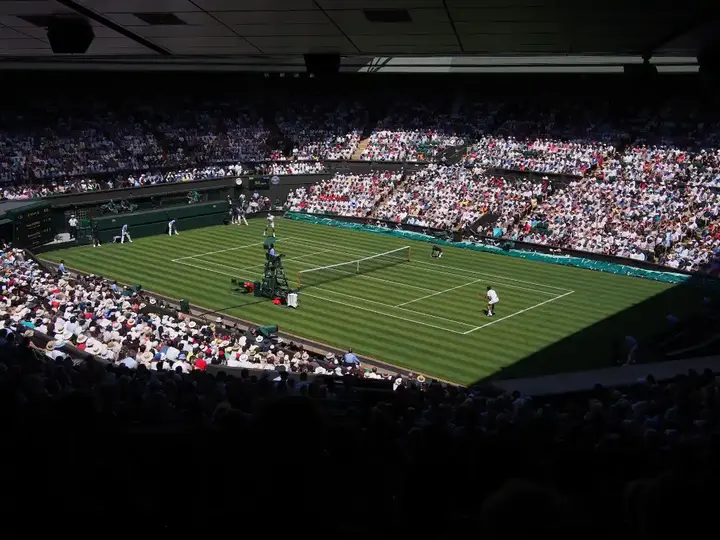Never marry a tennis player, "love" means nothing to him

There is a famous saying that says "love means nothing in tennis", the word "love" in tennis is the term used to refer to a zero or nothing result.
Show key points
- In tennis, the term "love" intriguingly represents a score of zero and has origins that are still debated today.
- The unique scoring in tennis progresses from 15 to 30 to 40 instead of using simple numeric increments.
- A game in tennis requires a player to win four points with at least a two-point margin over the opponent.
- ADVERTISEMENT
- Sets are made up of games and are typically won by the first player to reach six games, though rules can vary slightly between systems.
- Tiebreaker sets are used to prevent extremely long sets by introducing a special game when the score reaches 6-
- Matches consist of sets and are usually played in best-of-three or best-of-five formats, differing by competition and gender.
- Understanding the layered scoring system of tennis is essential for fully appreciating and mastering the sport.
Tennis is a sport famous all over the world, famous for its fast gameplay and complex scoring system.
Whether you're a new or experienced player, understanding the scoring system in tennis is crucial to enjoying and mastering the game.
In this guide, we'll explore the different components of the tennis scoring system, from games and points to groups and matches, and the rules that govern each aspect.
But why on earth is the zero degree called "love"?

The term "love" has been used to refer to a zero score in tennis since the late nineteenth century, but the origin of this usage is unclear.
Recommend
One popular theory suggests that the term came from the phrase "playing for the love of the game."
Even when the player does not have any points, he still plays because he loves sports and wants to challenge himself. This interpretation is widely accepted as the origin of the term.
Another theory is that it came from the French word "l'oeuf" which means "egg", because the number zero resembles the shape of an egg.
Regardless of its origin, the term "love" in tennis refers to the idea that exercise is an act of love.
Playing tennis represents love and passion for the game itself rather than just winning or losing.
You need points to win the game.

In tennis, each point represents one unit of scoring. Players can earn points by winning a ball swap, which occurs when one hits the ball over the net and the other side fails to return it.
The scoring system does not rely on a simple 1-2-3-4 sequence.
Instead, the first point is 15, the second is 30, and the third is 40. Oh, and the zero points are called "love", just to confuse you.
If both sides draw at 40 points, the game is considered a "draw", and players must continue to play until one side wins two consecutive points.
What about games?

A tennis game is won by the first player to win four points, by at least two points. In other words, the game doesn't end if both players draw 3-3.
Instead, the two players continue to play until one player wins two consecutive points, giving them a 5-3 lead and a margin of two points.
Okay, what about groups?

Well, there are two types of registration systems for groups, where different organizations use different rules. Combos, by the way, are a collection of games.
The advantage group is won by the first team to win six games (again, by at least two games). Advantage combinations can last a long time if the two sides are equal in their play.
The tiebreaker kits are designed to make things go smoother. They are played in the same way as the advantage groups, but if the score reaches 6-6, a special tiebreaker is played to break the tie and determine the winner of the set.
Playtime plays vary between organizations, with varying amounts of points required to win the tiebreaker. Any team that wins in the tiebreaker wins the set.
Then what is the game?

Matches are much more visible than points, games or groups, although they vary by competition and gender of players.
A tennis match is usually played on a best-of-three or best-of-five basis, depending on the level of competition.
In a best-of-three match, the first player to win two sets wins the match, while in a best-of-five match, the first player to win three sets wins.
In professional tennis, players earn points for every match they win, helping them climb the rankings and qualify for prestigious tournaments.

Ultimately, the scoring system in tennis consists of points, plays, sets and matches.
The ecosystem reflects the rich culture and history of the sport, making it exciting and challenging for players and spectators alike.
Understanding the scoring system is crucial to enjoying and mastering the game, and we hope this article has provided you with a clear and concise overview of the goal-scoring system in tennis.








